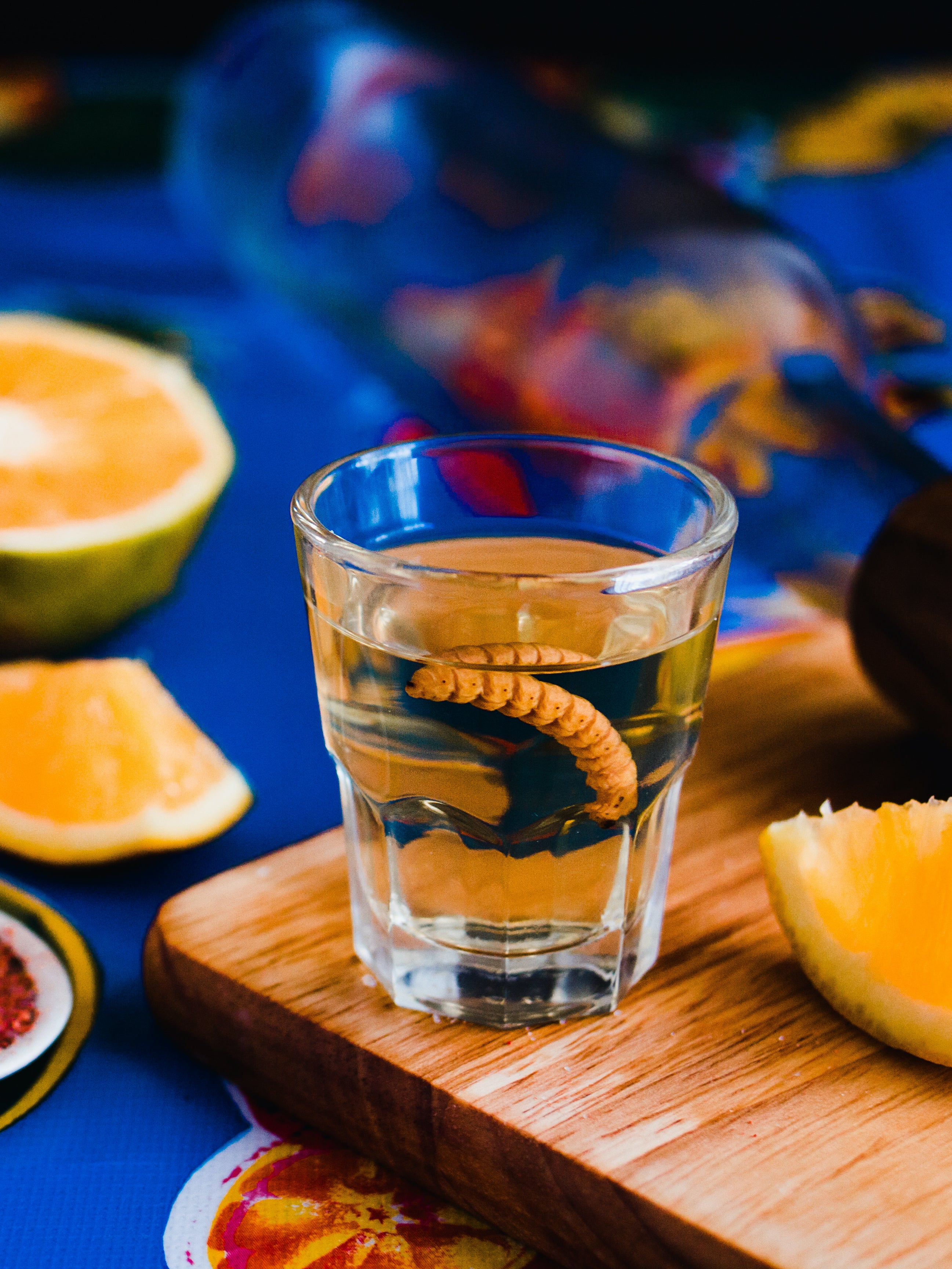
Mexican farmer Oliva Ramirez walks along a hillside filled with some 2,000 green agave plants she owns to create mezcal, deep in the mountain range of Oaxaca where generations of farmers have produced the popular alcoholic drink.
Ramirez, 32, a third-generation expert mezcal producer or ‘palenquera’ and the first woman in her family to work in the business, has faced patriarchal norms that once did not allow women to participate in mezcal production.
Now, she and the other farmers are up against falling mezcal prices.
Rising international demand allowed palenqueras like Ramírez who expertly cut, ferment and distil the agave plant to turn mezcal into their main source of income.
Demand for mezcal has seen production volumes in Mexico rise from 1 million litres in 2012 to 14 million in 2022, according to the Mexican Regulatory Council for the Quality of Mezcal.
This boom has mainly impacted farmers in Oaxaca, where 75 per cent of mezcal was produced in 2024.
But small farmers are struggling to make ends meet due to market saturation and intermediaries who buy the mezcal at low prices and undercut competitors.
“Mezcal prices have gone down a lot. We’re suffering because we cannot sell it,” said Ramirez, who shares a palenque, a traditional wooden structure where agave is made, with other 20 women in the Sola de Vega community, in southern Mexico.
Without the resources to bottle their mezcal, farmers typically sell their production to intermediaries, who have the funds and certifications to bottle, label and distribute it.
Farmers sell a litre of mezcal for 350 pesos ($19) to intermediaries who bottle and sell it for 1,500 pesos ($80), Ramirez said.
“If consumers came and met the real mezcal producers, they would stop buying from coyotes (middlemen) whose only work is to bottle it,” Ramirez said.
Migration Hub
Tourism and remittances, money sent back from migrants in the United States, dominate the local economy of this region of Oaxaca.
Its roads are lined with farmers selling mezcal who invite visitors to their palenques.
“When there’s mezcal, there’s development. Without it, there is extreme poverty, migration and crime,” said Eduardo Leon, manager at Heifer International, a non-profit that builds community palenques and helps women enter the mezcal market.
Indigenous Zapotec Jairo Rodriguez has been producing mezcal for six years at a palenque he shares with 10 other farmers.
Their mezcal is distilled in two ovens that emit a musky smell into the air.
He too is finding sales are not what they used to be.

“For the past two years, we haven’t been able to sell everything we produce,” said Rodriguez, who learned the mezcal-producing tradition from his grandfather.
Mexican and foreign companies once relied on thousands of agave plants, which take seven to eight years to mature, owned by small farmers in Oaxaca to meet demand.
But these companies now have their own reserves of agave, Rodriguez said, leading to an 80 per cent drop in sales in the past year.
“Income has decreased and we see immigration rising. People who were happily working in their palenques have left to look for economic alternatives for their families,” León said.
Oaxaca state is a hub of migration to the United States, and more than 34,000 people migrated between 2015 and 2020, data by the Ministry of Interior showed.
Environmental Impact
Keeping up with the mezcal boom is also affecting biodiversity in Oaxaca to the point of endangering wild species of agave.
Once agave is harvested, the land takes years to recover, leading farmers to burn more land to extend their crops.
Agave is also typically planted in ways that can cause landslides and soil erosion.
These practices are changing the landscape of the Oaxaca mountains, where it is common to see balding, razor-like green patches where agave is being farmed.
“The indiscriminate use of agrichemicals, the farming systems and the growing mezcal production has generated serious problems for the environment,” said Leon.
Producing a liter of mezcal requires up to 25 liters of water and 15 kilograms of wood, which puts big pressure on the forests, according to Leon.
When supplies are depleted, wood is brought from distant communities, leading to widespread deforestation.
The inappropriate disposal of vinasses, the foul-smelling liquid waste from the fermentation and distillation of the agave, is polluting the surrounding land and water sources.
Monoculture is also a problem, data by the mezcal regulator shows, as 85 per cent of mezcal produced in 2024 came from the espadin agave, which is easy to identify by its straight, sword-like leaves.
While Mexico has 159 species of agave, the popular espadin is taking over the lands where wild agave and food for local consumption could grow.
“The growth of the agricultural frontier has caused many problems of territory fragmentation and interruption of biological corridors,” Leon said.
To help make mezcal production sustainable, Heifer International is teaching farmers to plant the agave in ways that help retain land and moisture to prevent erosion.
The organization also has a project to help farmers diversify their crops by providing them with dragon fruit cacti, which helps boost their income.
“We must address the environmental issues with alternatives that give producers a chance for a dignified income and life,” said Leon.




